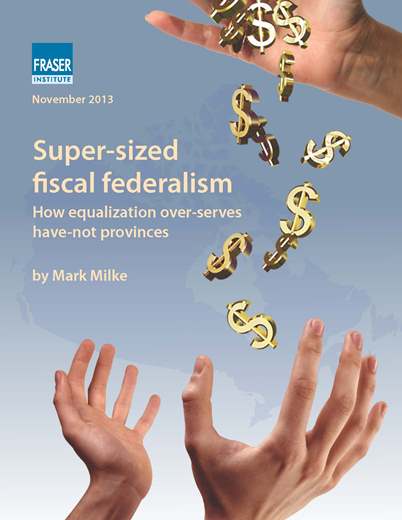Allegations of expense scandals in the Senate have shocked many Canadians and rightfully so. Although unsettling, such antics are not an isolated case; they are part of a larger institutional problem with government.
government spending
The government sector in Alberta is unhappy and they want Premier Alison Redford and her colleagues to know it. Universities are advertising against provincial reductions in their funding; government unions are activating their members about proposed pension changes, reforms that would make them more akin to the private sector and less like a taxpayer-funded entitlement.
It is not clear why the government sector believes it must be immune from change. The case for reform is not difficult to make.
After federal Finance Minister Jim Flaherty unveiled his latest financial plan Tuesday, much of the media hype centred on the government's larger than expected surplus in 2015-16. Early chatter seemed to accept the government will deliver as promised and some declared its "conservative assumptions" might allow for the deficit to be eliminated even earlier.
Therell be no doubt that were balanced in 2015, federal Finance Minister Jim Flaherty told reporters after recently meeting with a group of private sector economists. This is among Mr. Flahertys most categorical statements to date on his plan to achieve a balanced budget in 2015-16. But in light of recent economic forecasts and potential threats to the governments revenue projections, he would be well-advised to focus on further spending restraint something he can fully control in order to deliver on his promise.
Ontario Finance Minister Charles Sousa called his updated financial plan a new direction but in truth it had a nostalgic feel. With his government facing considerable fiscal challenges including an $11.7 billion deficit and growing debt, Ontarians desperately needed a new direction. What they actually got was more of the same: increased spending and a government reluctant to deal with core problems.
In a recent drive from Saint John to St. Andrews, New Brunswick, I marvelled at the mostly four-lane highway that connected the two points on the map and how empty it was on a Friday evening on a long weekend. I compared it with much of the TransCanada highway in British Columbia, four-laned in portions where it should be six, and often only two-laned where it should be four, as well as to the regularly packed four-lane highway between Edmonton and Calgary.
The government should fix it is a common refrain when people encounter a problem in society. Governments happily oblige because it means more votes for politicians and more work for bureaucrats. Governments themselves also undertake a number of things from encouraging Canadians to be more active, to propping up domestic industries, to trying to create jobs. But can government really deliver? Evidence suggests the answer is a resounding no.
Fiscal policy is really about taxes and spending and the federal government recently provided some hints on its plans in these areas.
In the recent Speech from the Throne, the government reaffirmed its commitment to balancing the budget by 2015-16 and providing "greater tax relief for Canadian families" after the budget is balanced. But what form this tax relief may take remains a mystery.

